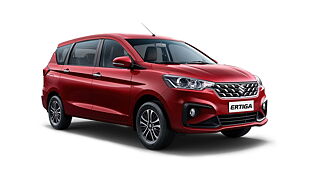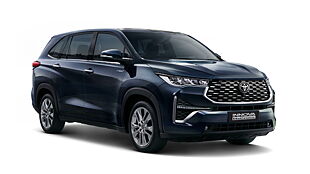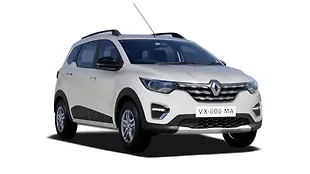
After a long wait, Renault has finally launched the all-new Triber in India. Based on the same platform as the Kwid, the Triber is the newest seven-seater to enter in the price range of B-segment hatchback. Add to it the practicality of modular seating configuration and the Triber appears more enticing than the other hatchbacks at the same price point – namely the Maruti Suzuki Swift. On the other hand, Hyundai’s newest product is the Grand i10 Nios, launched just last week, and it too aims to be the desirable B-segment hatchback. So let us see how these two newcomers compare against each other on paper.
Styling and dimension:
The Grand i10 Nios adopts a new Hyundai design language with a swept-back headlamp, wide cascading grille, floating C-pillar and aggressive bumpers both fore and aft. It still is recognisable as the Grand i10 but is 40mm longer and 20mm wider. Which means, it measures 3805mm in length, 1680mm in width, 1520mm in height and has a wheelbase of 2450mm. The Hyundai Grand i10 NIOS is an evolution of the current car and with new design cues it certainly looks like the car has entered a new generation.
The Triber has many elements that bear a striking resemblance to the Kwid. The familiar Renault face is accompanied by bonnet creases and body cladding akin to the Kwid. There’s even an indicator on the front fender integrated into the side cladding. In profile, the Renault Triber takes its cues from Renault’s European cars like the Kangoo. The body cladding all around and the weird kink on the C-pillar surely grabs attention. The tail lamp design is called 'Eagle beak' and is very similar to the one seen on the Mégane hatchback. As far as dimensions are concerned, the Renault Triber has a length of 3990mm, a width of 1739mm, a height of 1,643mm and a wheelbase of 2636mm and a ground clearance of 182mm.
Interior and features:
The interior of the Grand i10 Nios is as modern and stylish as the exterior. It gets a dual-tone grey theme interior which is loaded with goodies you wouldn’t expect in a car of this segment. That primarily includes a wireless phone charging tray, Mercedes’ MBUX-style floating eight-inch touchscreen infotainment system with Apple CarPlay and Android Auto while other features such as automatic climate control rear AC vents with power outlet, 5.3-inch MID with digital speedometer and a rear-view camera are also present. On the safety front, all versions get dual front airbags, ABS with EBD, high-speed alert system, rear parking sensors and front seat belt reminder alert.
The upper hand Triber has in this segment is offering third-row seating, making it a 5+2 seater. What’s more, the seats are configurable in many ways, and they are even removable, thereby adding to that sense of practicality and utility. The black and beige cabin is complemented by a 625-litre boot. In terms of features, the top-spec RXZ variant gets an AC with second-row vents and a cooled glovebox, multiple storage spaces, dual front glove boxes and a touchscreen infotainment system with Apple CarPlay/Android Auto.
Engine and transmission:
Hyundai is offering the Grand i10 Nios with one petrol and diesel engine. Both are 1.2-litre units and produce 82bhp/114Nm and 74bhp/190Nm respectively. A five-speed manual is standard for both cars with a five-speed AMT also on offer for both the petrol and diesel engines with the latter being a first for the Grand i10 range.
On the other hand, the Triber can be had only with one powertrain option. The 1.0-litre three-cylinder petrol engine which also does duty in the Kwid produces 72bhp/96Nm. The transmission on offer is a five-speed manual with a five-speed AMT, expected to arrive as a planned update to the Triber.

![Renault Triber [2019-2023] Image Renault Triber [2019-2023] Image](https://imgd.aeplcdn.com/272x153/n/cw/ec/39276/triber-exterior-right-front-three-quarter-168617.jpeg?isig=0&q=80)
![Hyundai Grand i10 Nios [2019-2023] Image Hyundai Grand i10 Nios [2019-2023] Image](https://imgd.aeplcdn.com/272x153/n/cw/ec/35465/grand-i10-nios-exterior-right-front-three-quarter-2.jpeg?q=80)
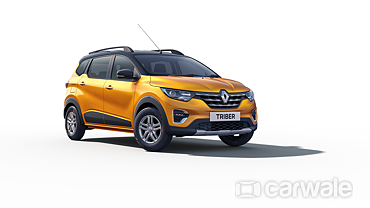

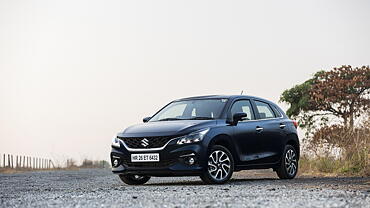





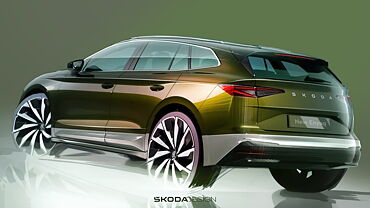


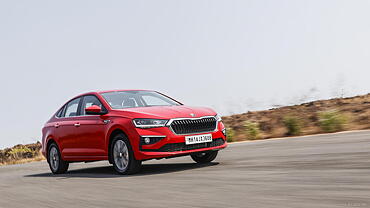



![Renault Triber [2019-2023] Right Front Three Quarter Renault Triber [2019-2023] Right Front Three Quarter](https://imgd.aeplcdn.com/199x112/n/cw/ec/39276/triber-exterior-right-front-three-quarter-168617.jpeg?isig=0&q=80)
![Renault Triber [2019-2023] Right Front Three Quarter Renault Triber [2019-2023] Right Front Three Quarter](https://imgd.aeplcdn.com/199x112/n/cw/ec/39276/triber-exterior-right-front-three-quarter-168619.jpeg?isig=0&q=80)
![Renault Triber [2019-2023] Right Side View Renault Triber [2019-2023] Right Side View](https://imgd.aeplcdn.com/199x112/n/cw/ec/39276/triber-exterior-right-side-view-4.jpeg?isig=0&q=80)
![Renault Triber [2019-2023] Dashboard Renault Triber [2019-2023] Dashboard](https://imgd.aeplcdn.com/199x112/n/cw/ec/39276/triber-interior-dashboard-5.jpeg?isig=0&q=80)
![Renault Triber [2019-2023] Steering Wheel Renault Triber [2019-2023] Steering Wheel](https://imgd.aeplcdn.com/468x263/n/cw/ec/39276/triber-interior-steering-wheel-3.jpeg?isig=0&q=80)


